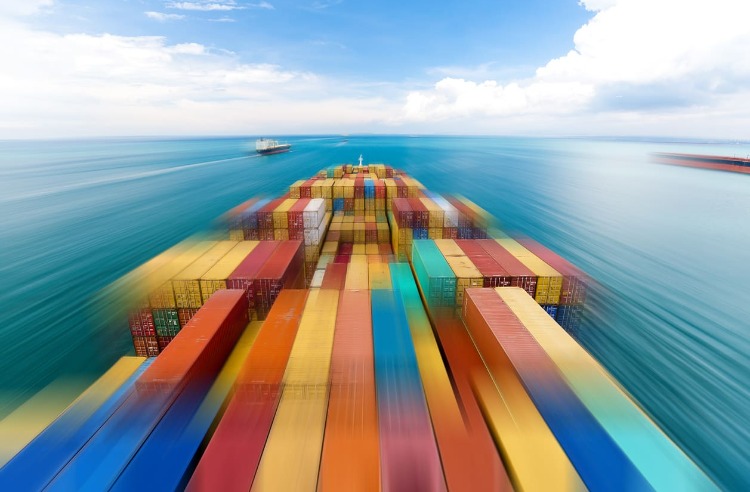Bottle labels: Protecting the face of your brand
We mostly speak about the causes and effects of international shipping on product quality. Rightly so, it’s an important topic.
But, what we also need to consider are the consequences of what’s on the bottle, not just what’s in it. Bottle labels are extremely important to beverage producers of wines, beers and spirits.
From a brand perspective, bottle labels are perhaps the prime piece of “real estate” that a brand owner has. In a crowded marketplace, labels are an opportunity to stand out from the crowd and tell a brand’s story.
Equally, the label on a wine, beer or spirits bottle must be functional. To protect brand integrity, bottle labels should stay in place and never peel, rip, slip or wrinkle.
A faulty bottle label will not have the same shelf appeal, and retail price may need to be lowered if the label is damaged, as consumers won’t pay the same price for a non-pristine bottle. Moreover, it can be costly to re-label a bottle at the destination.
How can bottle labels be damaged in storage/transit?
Bottle labels are susceptible to damage in transit and storage.
This damage is caused by temperature and humidity fluctuations within the shipping container, whereby extremes of heat, cold and humidity can soften glues and adhesives, leading to labels slipping or peeling.
The combination of temperature and high relative humidity (RH) level changes, condensation and risk of container rain can damage bottle labels. This adds to cost, while diminishing brand integrity.
Numerous factors can impact label quality/integrity, and add to the potential for damage. Factors include:
- The paper material used (uncoated, coated, metallised, film).
- The paper stock, thickness and calliper.
- How the label is applied.
- The surface condition, contour and shape of the bottle.
- The coatings and adhesives used in application.
- The storage and transportation conditions of the bottle once the label has been applied.
How temperature and humidity can damage bottle labels
Dry containers are equipped with air vents, allowing dry, humid air to exchange between the outside and the inside of the container.
As the temperature rises outside (then inside the container), the air inside the container expands, and contracts as the temperature reduces. Each time the air expands and contracts during the day and night cycles, the dry container can "suck in" warm, humid air from outside.
At night the humidity contained in the air within the container condensates on the container walls as they are now cold. This cycle continues throughout the journey, and when the air inside the container becomes very humid at night, it could almost "rain in the container."
What can be done to protect bottle labels and safeguard brand integrity?
There are several shipping options available to protect bottle labels from the undoubted impact of temperature and humidity fluctuations.
The first is to use a refrigerated container, a temperature-controlled unit that maintains a constant internal temperature throughout transit. Refrigerated containers command a higher cost premium than standard dry shipping containers.
In addition, reefer containers are exposed to condensation issues, so the use of (desiccant) dehumidifiers is recommended to control the RH level. An alternative is an insulating liner, which can be placed within containers or around individual pallets to provide a thermal and physical barrier, which protects cargo (and therefore labelling) from spikes of temperature fluctuation and RH levels which can cause condensation.
As the insulation liner protects only from the humidity coming from outside the liner foil, cartons and pallets must be loaded dry in order to ensure no humidity/moisture is trapped inside the liner itself.
.png?sfvrsn=dc2a7a4d_4)
.png?sfvrsn=6e03ee20_1)



